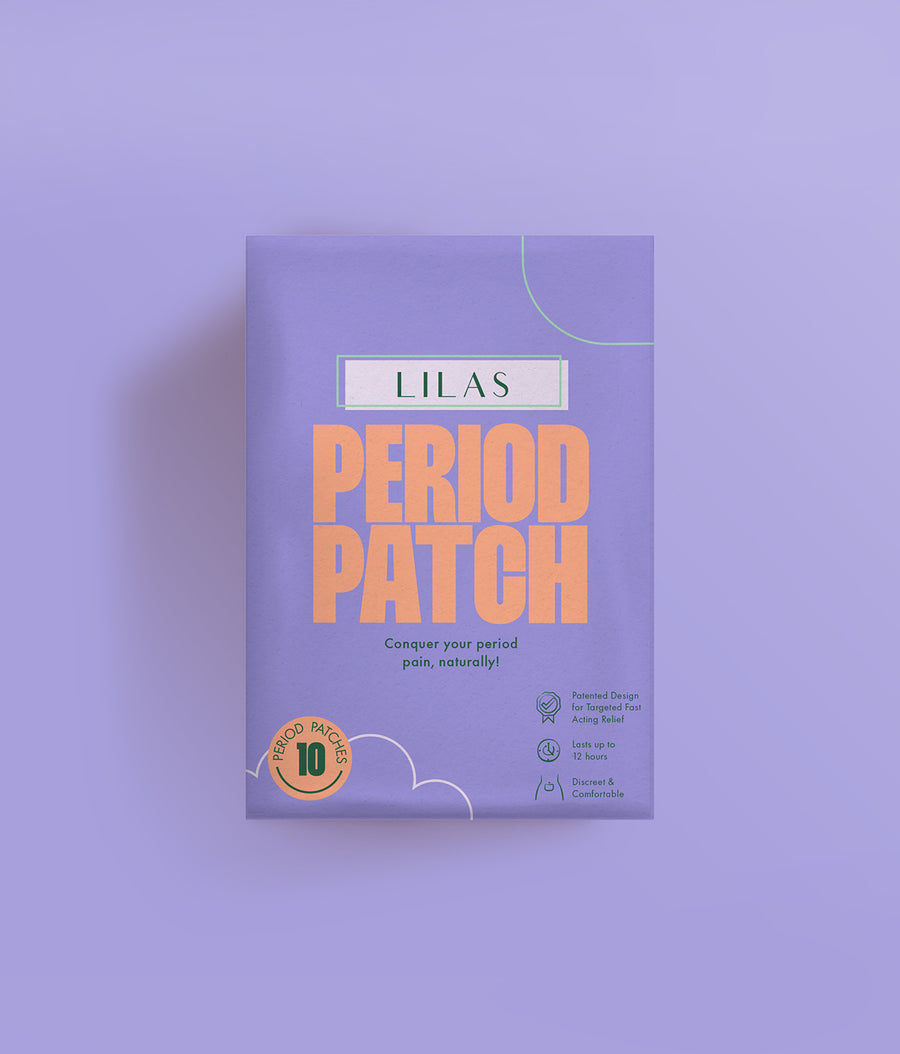Birth Control Beyond Contraception
Birth control has played a vital role throughout human history. From the dawn of civilization, practices of birth control have shaped the ways in which women understand their bodies, particularly as it pertains to menstruation and procreation. As we have learned more about human anatomy across time, we have begun to acknowledge the complex and integrated nature of female hormone regulation at-large. Though birth control methods may have initially emerged for the primary purpose of contraception, modern forms have proven to have more holistic benefits. In other words, birth control doesn’t just control birth. Whether it be a pill, patch, or implant, many modern birth control options are prescribed to address a variety of female needs. Of course, recognizing birth control’s multiplicity of uses should not undermine or deemphasize the importance of contraception. If anything, noting other birth control uses will enhance, demystify, and add further nuance to future productive discussions.
So, beyond preventing pregnancy, what else can birth control do? Well, for one thing, birth control, despite the limited name, is not just for sexually active women of child-bearing age. It actually serves a much broader age demographic than you might think. Birth control can be prescribed to women while they are teens with relatively stabilized menstrual cycles (at around 16 years old) all the way through their transition into menopause. Birth control can have this far-reaching application because many of women’s bodily concerns throughout their lives have a common denominator– hormone fluctuations. Birth control can help reestablish desired hormonal balance, especially for estrogen and progesterone levels. This can help prevent or reduce a variety of conditions including:
With endometriosis, a tissue similar to the endometrium that lines along the walls of a woman's uterus also grows outside of the uterus. Within a typical unregulated menstrual cycle, estrogen signals cause the endometrium to thicken and shed, leaving through the vaginal canal. But with endometriosis, the endometrium-like tissue outside the uterus still thickens, but has no clear way to escape. If unaddressed, this tissue build-up can result in painful clotting and cyst formation. This is where birth control can help. Since many forms of birth control, most notably certain pills, diminish the hormone signals involved in endometrium thickening, then it also undercuts the thickening of endometrium-like tissue that could otherwise cause painful symptoms.
During menstruation, the average person is estimated to lose about 30 to 40 milliliters of blood. However, heavier period flows, called menorrhagia, can result in the loss of up to 80 milliliters. Though blood loss isn’t a problem in and of itself, both normal and higher levels can harm someone susceptible to anemia. By minimizing the amount of blood loss during a menstrual flow, birth control prevents the perpetuation of anemia.
Many of us have all too vivid memories of dealing with acne in our teens. Though acne and randomly prominent body hairs can be caused by a lot of different things, one of the main causes is an influx of hormones called androgens (i.e. testosterone) in one’s bloodstream. Androgens, particularly at the onset of puberty, increase the secretion of sebum skin oils, resulting in clogged pores. Since, as frequently aforementioned, birth control serves as a hormone regulator, the signals sent by said androgens are muted so to speak, resulting in less sebum-induced acne and hair growth.
The use of oral contraceptives has been correlated with a 50% decrease in ovarian cancer risk. Because birth control prevents ovulation from happening, there are less chances for cell replication to go awry in the process of producing an egg.
I personally find this the most fascinating because it seems this benefit of birth control is the most inadvertent. A March 2016 study indicates that estrogenic compounds compromise the replication and circulation of virus strains like influenza A. However, a woman should not begin taking birth control for the sake of flu protection. Just consider this a bonus.
Bearing in mind all of these uses beyond contraception, I can’t help but think it’s odd that birth control is just called birth control. It seems like a more general term like “hormone regulator” would be more apt. Then again, the phrase “birth control” holds a rich history of determining and advocating for women’s needs. So, instead of allowing our understanding of birth control to be as reductive as the term itself sounds, we need to be intentional in upholding the knowledge of its varying applications. In the pursuit of wellness for women by women, let’s maintain the importance of these nuances so that our discussions with our doctors and the people we love can be much more informed.
If you are interested:


Leave a comment